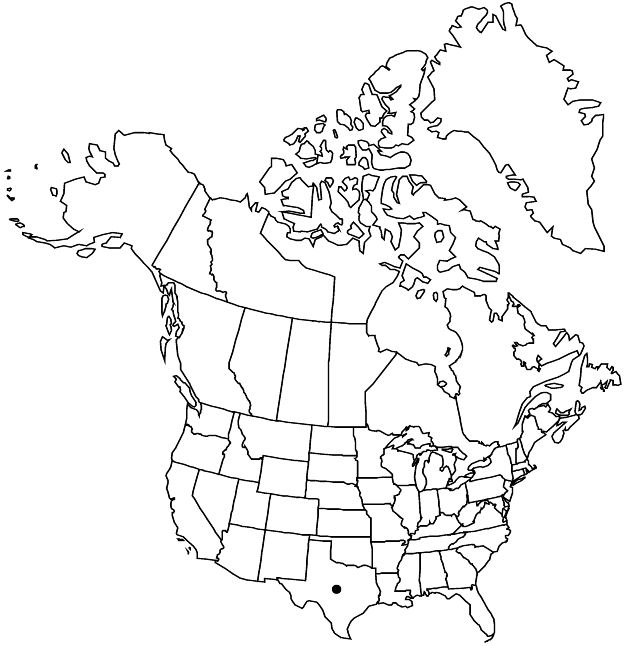Difference between revisions of "Croton argenteus"
Sp. Pl. 2: 1004. 1753.
FNA>Volume Importer |
FNA>Volume Importer |
||
| Line 56: | Line 56: | ||
|publication year=1753 | |publication year=1753 | ||
|special status=Introduced | |special status=Introduced | ||
| − | |source xml=https://jpend@bitbucket.org/aafc-mbb/fna-data-curation.git/src/ | + | |source xml=https://jpend@bitbucket.org/aafc-mbb/fna-data-curation.git/src/f6b125a955440c0872999024f038d74684f65921/coarse_grained_fna_xml/V12/V12_822.xml |
|genus=Croton | |genus=Croton | ||
|species=Croton argenteus | |species=Croton argenteus | ||
Revision as of 18:20, 24 September 2019
Herbs, annual, 2–12 dm, monoecious. Stems branching once into 2–3 branches, tomentose. Leaves sometimes clustered near inflorescences; stipules linear-subulate, 4–11 mm, unlobed or deeply divided; petiole 0.3–8 cm, glands absent at apex; blade ovate to ovate-oblong, 2–15 × 1.5–8 cm, base obtuse, cuneate, or subtruncate, margins denticulate, apex obtuse to rounded, abaxial surface pale green, not appearing brown-dotted, no stellate hairs with brown centers, densely stellate-hairy, adaxial surface green, less densely stellate-hairy. Inflorescences bisexual, congested racemes, 1–4 cm, staminate flowers 4–10, pistillate flowers 3–6. Pedicels: staminate 2–3 mm, pistillate 1–4 mm (3–5 mm in fruit). Staminate flowers: sepals 5, 1.5–2 mm, abaxial surface stellate-hairy; petals 5, oblong, 2–3 mm, abaxial surface glabrous except margins ciliate; stamens 10–13. Pistillate flowers: sepals 5, unequal, 4–8 mm, margins deeply laciniate, apex incurved, abaxial surface stellate-hairy; petals 0; ovary 3-locular; styles 3, 2–3 mm, 4-fid, terminal segments 12. Capsules 5 × 7 mm, smooth; columella 3-angled. Seeds 3.2–3.8 × 2.4–3 mm, dull.
Phenology: Flowering Jun–Dec.
Habitat: Disturbed sites, waste areas, levees.
Elevation: 0–50 m.
Distribution

Tex., e Mexico, West Indies, Central America, South America.
Discussion
Croton argenteus, which in the flora area is known only from Cameron and Hidalgo counties, may be a fairly recent introduction into the United States; the earliest known collections date from 1923.
Selected References
None.